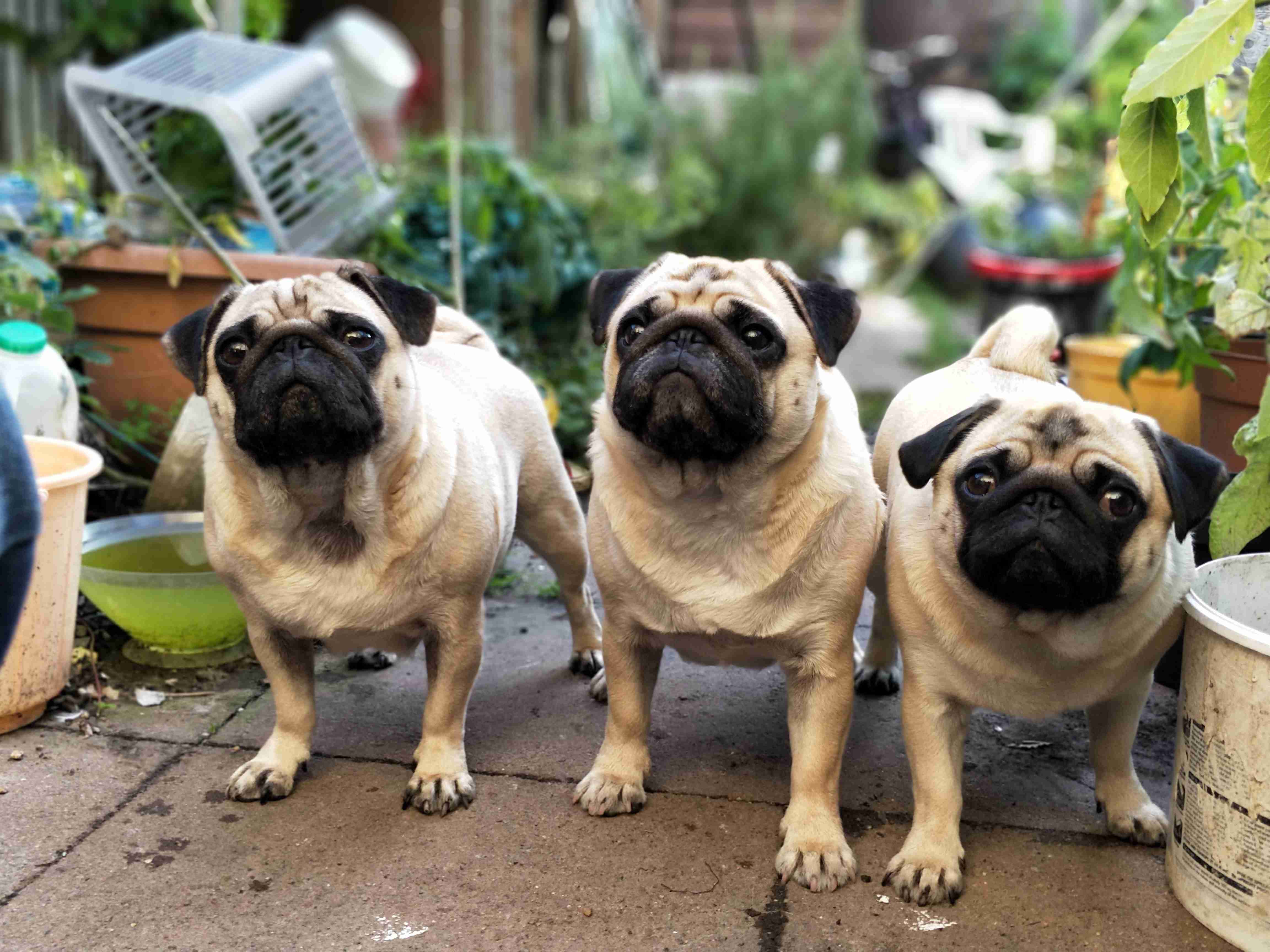Poodles are known for their elegance, intelligence, and charming personalities. These loyal and lovable companions are a popular choice for dog lovers around the world. However, like any other breed, poodles are not immune to certain health conditions. One of the most common orthopedic issues they may face is hip dysplasia. In this blog post, we will delve deeper into the topic of poodles and orthopedic issues, with a specific focus on hip dysplasia. We will explore whether poodles can develop this condition, as well as other orthopedic issues, and discuss effective management methods that can help alleviate the discomfort and improve the quality of life for these graceful pets. So, if you are a poodle owner or considering bringing one into your family, keep reading to learn more about this important aspect of their health and well-being.
Poodles and Orthopedic Issues: Understanding Hip Dysplasia and Effective Management Methods
Poodles are known for their elegant appearance, intelligence, and playful nature. However, like all dog breeds, they are not immune to health issues. One common orthopedic problem that poodles can develop is hip dysplasia. In this blog post, we will explore what hip dysplasia is, how it affects poodles, and most importantly, how it can be managed and treated effectively.
What is Hip Dysplasia?
Hip dysplasia is a condition that affects the hip joint in dogs. It is the abnormal development of the hip joint, causing it to become loose and unstable. This condition can lead to pain, discomfort, and difficulty in walking for affected poodles. Hip dysplasia is primarily a genetic condition, although environmental factors can also contribute to its development.
Signs and Symptoms of Hip Dysplasia in Poodles:
Recognizing the signs and symptoms of hip dysplasia in poodles is crucial in early detection and effective management. Some common signs include:
1. Difficulty in rising or standing up
2. Reluctance or inability to jump or climb stairs
3. Limping or bunny hopping gait
4. Decreased activity level or reluctance to exercise
5. Stiffness or pain in the hip area
6. Swelling or muscle wasting in the hind limbs
It is important to note that these signs may vary in severity depending on the individual poodle and the stage of hip dysplasia.
Diagnosing Hip Dysplasia:
If you observe any of the above symptoms in your poodle, it is essential to consult a veterinarian for a proper diagnosis. The veterinarian will perform a thorough examination of your poodle’s hip joints, which may include X-rays or other diagnostic imaging techniques. These tests will allow the veterinarian to assess the severity of the condition and provide an appropriate treatment plan.
.jpg)
Management and Treatment Options:
While hip dysplasia cannot be completely cured, there are several management and treatment options available to alleviate the symptoms and improve your poodle’s quality of life. Here are some effective methods:
1. Weight management: Maintaining a healthy weight is crucial for poodles with hip dysplasia. Excess weight can put additional strain on the joints, exacerbating the condition. Your veterinarian can recommend a suitable diet and exercise routine to help your poodle maintain a healthy weight.
2. Medications: Non-steroidal anti-inflammatory drugs (NSAIDs) can be prescribed to manage pain and inflammation associated with hip dysplasia. These medications help improve mobility and comfort in affected poodles.
3. Physical therapy: Physical therapy and rehabilitation techniques can play a vital role in managing hip dysplasia. Therapeutic exercises, massage, hydrotherapy, and other modalities can help strengthen muscles, improve range of motion, and reduce discomfort.
4. Supplements and joint support: Certain supplements, such as glucosamine and chondroitin, can help support joint health and reduce the progression of hip dysplasia. Additionally, providing your poodle with comfortable bedding and orthopedic support can alleviate pressure on the hip joints.
5. Surgical intervention: In more severe cases of hip dysplasia, surgical intervention may be necessary. Surgical options include femoral head ostectomy (FHO), total hip replacement (THR), or triple pelvic osteotomy (TPO). Your veterinarian will assess the severity of the condition and recommend the most appropriate surgical option for your poodle.
Hip dysplasia can significantly impact a poodle’s quality of life, but with proper management and treatment, the symptoms can be effectively controlled. By understanding the signs, seeking early veterinary intervention, and implementing tailored management methods, such as weight management, medications, physical therapy, supplements, and, in some cases, surgery, poodle owners can provide their beloved pets with a comfortable and active life despite the challenges posed by hip dysplasia. Remember, regular veterinary check-ups and open communication with your veterinarian are crucial in ensuring the best possible care for your poodle.
In conclusion, it is important for poodle owners to be aware of the potential risks of hip dysplasia and other orthopedic issues. By understanding the causes, symptoms, and treatment options for these conditions, you can take proactive measures to ensure the well-being and quality of life of your furry friend. Remember to prioritize regular exercise, a balanced diet, and weight management to minimize the risk of orthopedic issues. Furthermore, working closely with your veterinarian, implementing proper training techniques, and considering surgical interventions when necessary can greatly improve your poodle’s mobility and overall comfort. With proper care and attention, you can help your poodle live a happy, healthy, and pain-free life for years to come.


.jpg)
%20-%20Copy.jpg)
%20-%20Copy.jpg)


.jpg)
.jpg)